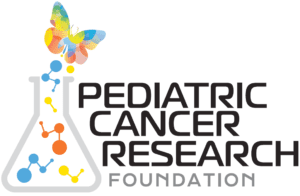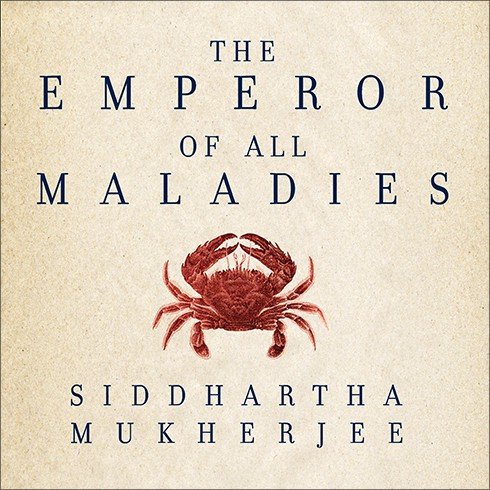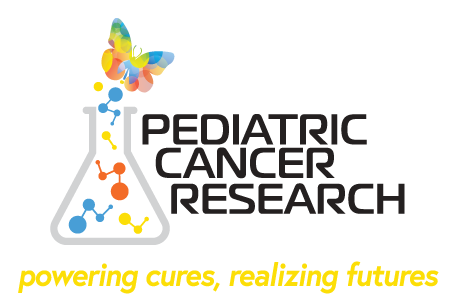Fifty years ago last month, President Nixon signed the National Cancer Act. Because of that law, the U.S. government has now invested far more money into fighting cancer than any other disease. Mary Lasker, Philanthropist and Activist, was the muscle behind the scene pushing this initiative. Spending decades as a citizen lobbying and persuading her circle of friends and Washington’s elite to support medical research.
Mary changed the way many of us viewed cancer. She brought it from a whisper of “The Big C” to arguing that we needed a moonshot like NASA. In 1971 $1.6 billion suddenly was in play for research, setting up training, and building cancer centers. While we have seen cancer deaths decline and are 1/3 lower than the peak of deaths in 1991 at 600,000, we’re still not done.
Childhood cancer is still not getting the funding it deserves. Less than 4% of the U.S. funding supports pediatric cancer research. The Pediatric Cancer Research Foundation (PCRF) opened its doors in 1982 to improve the lives of children living with cancer by funding novel research to transform pediatric cancer care. We focus on accelerating the discovery of innovative treatments and protocols that enable children facing childhood cancer to spread their wings and realize happy, healthy futures.
If you’re interested in learning more about the history of cancer, check out Siddhartha Mukherjee, 2011 Pulitzer Prize-winning author, The Emperor of All Maladies: A Biography of Cancer, about sharing cancers first documentation of cancer and the epic battles in the twentieth century to cure, control, and understand this disease. His panoramic history and humble insight will make you question, are we doing enough. If you’re the parent and just heard those words that your child has cancer, the answer is no.
We celebrate our 40th Anniversary this year, funding over $51 million at over 40 research institutions. Our collective vision is to reduce the percentage of children who perish from cancer until that number reaches zero. We will achieve this by powering cures.
In my 25 years of walking side by side with these families, 2022 has brought me great joy with our new research. Diagnostic tools are now being used to identify the specific genetic makeup of cancer and to help physicians choose what type of precision medicine will best treat these young lives. Matching biology with engineering to deliver payloads of drug modalities directly to tumors is the wave of the future. Not futuristic, but present day.





